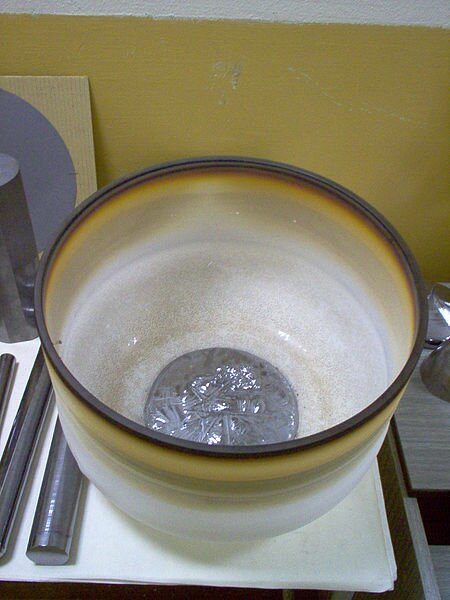These interesting facts about the Crucible will give you knowledge and information to know more about it. Metal, glass, and pigment production as well as a number of modern laboratory processes use the crucible as the container. It can withstand very high temperatures. Below are some details facts about the Crucible.
Facts about the Crucible 1: Common Knowledge of Crucible
Crucible is used for metal, glass, and pigment production and modern laboratory process. It can be made from clay or any material withstands very high temperatures.
Facts about the Crucible 2: Typology and Chronology of Crucible
It has varied form through time. Its design shows the process of their using in the specified time. It helps to prevent the heat from affecting the solution.
Facts about the Crucible 3: Crucible in the Chalcolithic Period
During the Chalcolithic period, crucibles were heated from the top by using blow pipes. In this period, the main function of crucible is to keep the ore in the area where the heat was concentrated to separate it from impurities before shaping.
Facts about the Crucible 4: Crucible in the Roman Period
In the Roman period, new alloys were produced by the new methods using crucible. Technical innovations of the Roman change the heating technique, crucible design, smelting and melting process. The crucible changed into rounded or pointed bottom vessels with a more conical shape; these were heated from below. It is different from prehistoric types which were irregular in shape and were heated from above.
Facts about the Crucible 5: Crucible in the Iron Age
In the Iron Age, the crucible was used to produce bronze. The bronze is produced from copper and tin smelting. In this era, the designs of crucible remain the same as the Bronze Age.
Facts about the Crucible 6: Crucible in the Post Medieval Period
In the Post Medieval Period, melting and melting crucibles types started to become more limited in designs which are produced by a few specialists. The Hessian Crucibles are the main types used during the Post Medieval period. The Hessian Crucibles were made in the Hesse region in Germany.
Facts about the Crucible 7: Used in Quantitative Gravimetric Chemical Analysis
In the chemical analysis area, the crucibles are used in the quantitative gravimetric chemical analysis (analysis by measuring mass of an analyte or its derivative).
Facts about the Crucible 8: Materials of Crucible in the Modern Era
Porcelain, alumina or an inert material are material with high temperature-resistant used for make crucibles and their covers. To make crucibles, the material like ceramics and metals are also can be used.
Facts about the Crucible 9: Laboratory Crucibles
In the modern era, a crucible is used as a part of laboratory equipment. It is used to contain chemical compounds when heated to extremely high temperatures.
Facts about the Crucible 10: Ash Content Determination
The example of completely unburnable inorganic salts is an ash. A crucible can be similarly used to determine the percentage of ash contained in an otherwise burnable sample of material such as coal, wood, or oil.
Hopefully these interesting facts about the Crucible will enrich your sources of reading.










 www.PortlandPayday.Loans
www.PortlandPayday.Loans